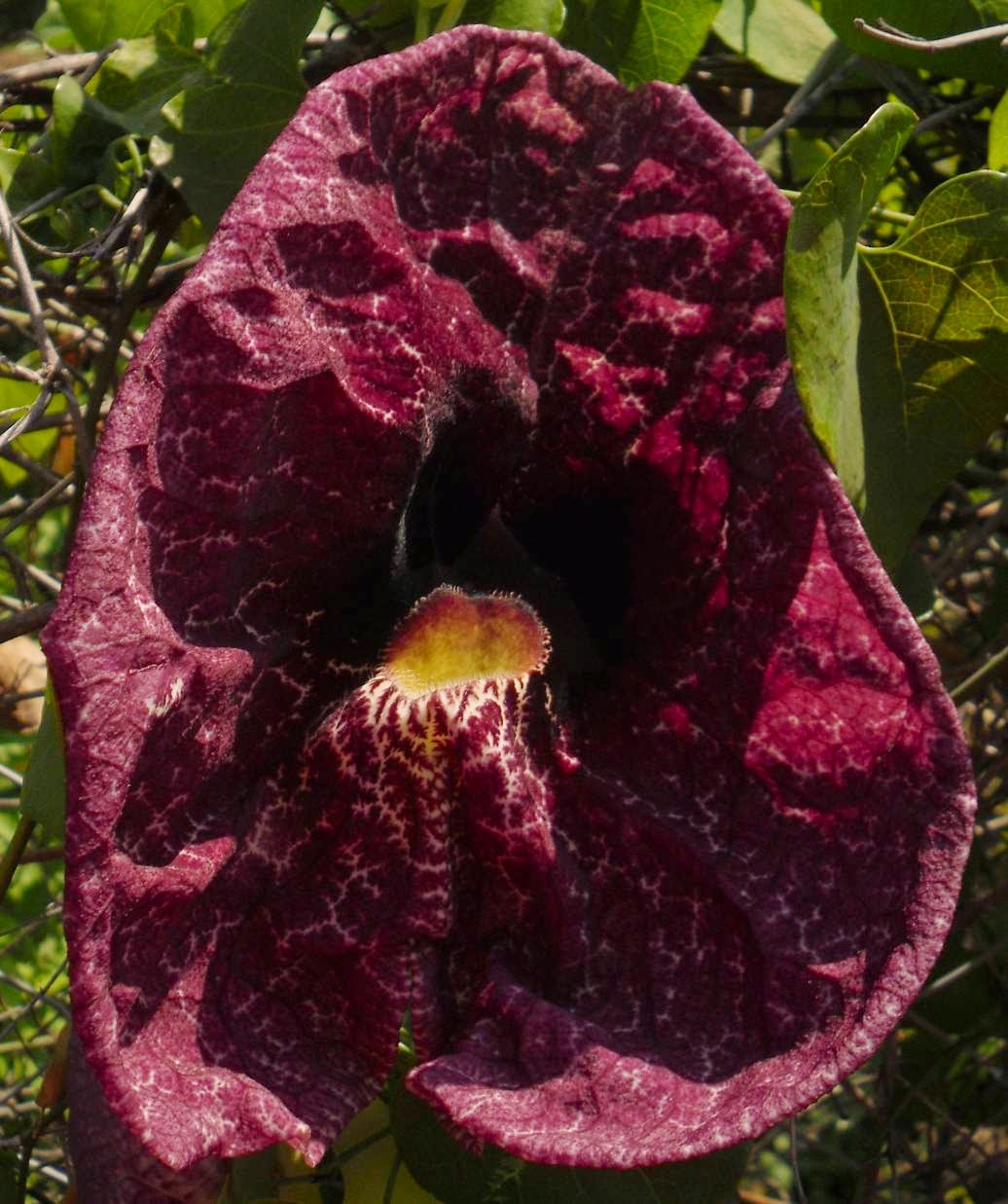Wednesday, April 29, 2015
Swainsona Formosa
Swainsona Formosa, also known as the Sturt's Desert Pea, was named after the English botanist Isaac Swainson who was famous for his botanic garden. This striking and unusual plant is endemic to the Australian mainland and grows in arid inland regions of high level of rainfall. Flowers are distincive blood-red with bulbous black centers and they typically bloom between March to July.
Thursday, April 23, 2015
Heliconia Rostrata or Lobster Claw
Heliconia Rostrata, commonly call Lobster Claw, is a traditional and most recognized heliconia native to Peru, Bolivia, Columbia and Ecuador. Unlike other heliconias that grow in the upright position and keep the water for birds and insects in their cup-shaped flower bracts, this species has clusters of striking red bracts with downward-facing flowers filled with nectar sources. It normally blooms all year and can grow up to 90 cm in height.
Tuesday, April 21, 2015
Nepenthes Flower
Nepenthes, commonly known as tropical pitcher plants or monkeys cups belong to the carnivorous plants of the monotypic family Nepenthaceae. These truly spectacular species normally grow in South China, Indonesia, Malaysia and the Philippines. Nepenthes can reach up to 9cm in height. At the end of its leaves, it carries striking yellow or red hollow flowers or fruits that resemble small lidded vases.
Monday, April 20, 2015
Aristolochia Gigantea
Aristolochia gigantea is a spectacular blossom native to Brazil. This fast growing vine forms heart-shaped, light green leaves with extraordinary oddly-shaped maroon flowers that look like petal-less calyces with a maroon velvet backing etched with pink marks. These beautiful flowers can grow from seeds or by cutting and they usually bloom in mid-summer!
Tuesday, April 7, 2015
Hoya Wax
Hoya carnosa, the wax plant belongs to the Asclepiad species, native to Eastern Asia and Australia. It grows in ball-shaped clusters, consisting of about 40 tightly individual flowers that appear to be tiny wax miniatures. Flowers are typically various shades of pink that are covered in tiny hairs, giving the flower a downy appearance!!
Sunday, April 5, 2015
Zingiber Spectabile Flower!
Zingiber Spectabile is a native of Thailand and it is commonly grow in tropical regions. It belongs to the ginger family and is famed for its spectacular yellow and orange cones which fade out to a bright reddish colour for 4 to 8 weeks. These cones grow near the base of the plant to over 20 to 30 cm high.
source
source
Friday, April 3, 2015
Candy Cane Sorrel
The Candy Cane Sorrel exhibits very stunning flowering species that look like red and white candy canes. The flower petals are white with red swirls going around and are even more beautiful when they have not opened up completely, thus forming a spectacular red and white swirled pattern. It normally blooms in midsummer and can grow in full sun to a maximum height of 20 cm.
source
source
Thursday, April 2, 2015
Tricyrtis Hirta Flower!
Tricyrtis hirta is a unique flower which grows in moist, well drained and shady places, such as Eastern Asia and Phillipines. This species features purple and white star-like blossoms flowers which are spotted with rich purple stigmas. It blooms in late summer and can reach a maximum height of about 60-90 cm with a spread of 45-60 cm.
Wednesday, April 1, 2015
Jade Vine!
Subscribe to:
Posts (Atom)





































